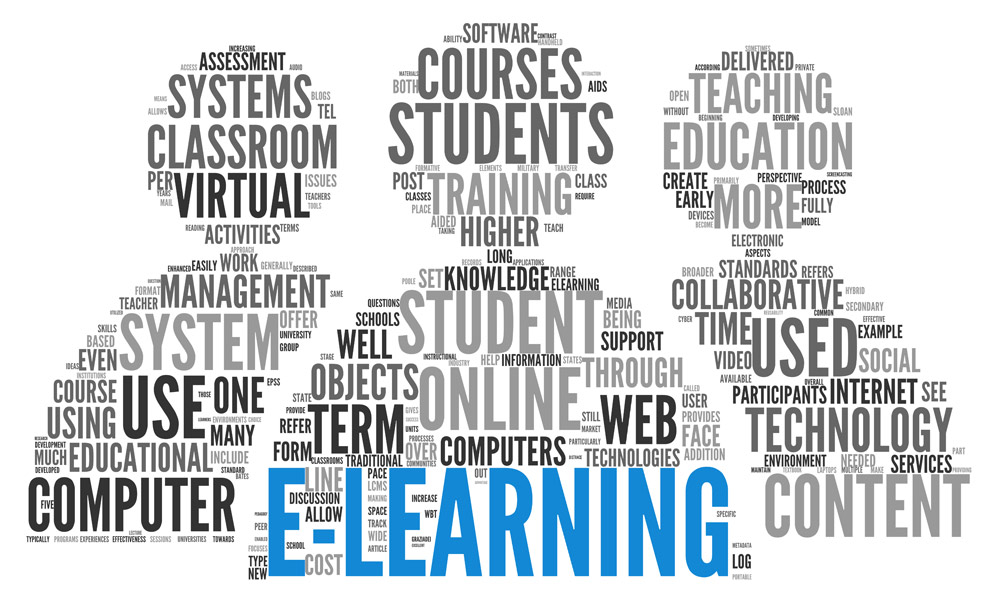2017 eLearning Trends That You Should Be Watching
The eLearning industry has shown significant growth over the past several years. More businesses are discovering the benefits of incorporating technology into their training efforts. A solid LMS can save time, money, and create a space for growth and interaction within an organization. It’s easy to see why so many businesses are turning to eLearning as the next step in training and education. What does this mean for the industry as a whole?
The eLearning Industry Forecast
The next three to five years look very bright for the eLearning industry. According to a report created by Technavio, the global market is expected to reach around $31 billion in revenue by the close of 2020. Game-based learning products are also on the rise, reaching approximately $2.6 billion last year. Predictions made by international LMS provider Docebo projects a rise to as much as $7.3 billion in the next three years.
North America is positioned to be a big player in the near future. Currently, the U.S. stands as the leader when it comes to utilizing eLearning technology. This supports the idea that North America will see some of the biggest growth in this area between now and 2023.
Docebo’s report also revealed that self-paced learning had experienced a downward trend, with revenue of $46.6 billion in 2016. That was less than the $46.9 generated in 2015. Chances are self-paced methods will continue to fade away as corporations discover newer technologies that offer better results.
Startup Funding for EdTech
Funding for education technology startups is also on the rise. 416 funding deals were made earlier in 2016, totaling $1.7 billion with plans to close the year at $2.2 billion. The largest funding deal by Q2 in 2016 was by Iconiq Capital who backed Age of Learning, the creators of ABCMouse.com, with an impressive $150 million in private equity. The second highest was $60 million in Series D funding to Udemy.
The market will continue to grow, driven by changes in the way enterprises of all sizes train their workforce. Many are moving funds away from traditional teaching methods to instead invest in eLearning. Other driving factors include the introduction of analytics, mobile access, social networking, and the cloud.
2017 eLearning Tech Trends
If you look back over the past two decades, you will see hints of what was to come. Long ago, companies began utilizing intranets, computer-based training, laser disks, and more. Today these tools have evolved into something more streamlined, practical, and accessible. So, as we look to the future of eLearning, there are a few key newcomers to pay attention to in 2017:
- Training through Storytelling
Storytelling has been done for centuries, but now it can be done through technology. Many trainers have found this approach to be far more effective when it comes to engagement and information retention. What was once shared verbally or through books and training manuals can now by shared using videos, online games, and VR.
- Training with Microlearning
Too much information over a long period of time can cause overload and reduce information retention. Many eLearning developers are turning to the microlearning approach. This format breaks subjects down into small pieces. Rather than attend an hour long webinar, trainees can watch a five minute video or participate in a quick activity. This approach makes it much easier to remember the information and reduces mental burnout.
- Training with AI
AI keeps getting better and better. It’s also positioned to explode onto the market in the next few years. AI can accept many data inputs then provide guidance in return to help students and trainees improve. It’s not a new concept, but one that holds significant promise as developers and corporate trainers discover its dynamic nature and adaptability.
- Training with VR
VR, or virtual reality, has blown consumers away in the entertainment industry. Today’s version completely immerses the user in a synthetic world that they can view, hear, and often interact with using keyboards and controllers. It’s also the next opportunity for eLearning that lets organizations take trainees into on-the-job situations in a safe, controlled environment.
Other features will continue to remain prominent in the eLearning industry in 2017. These include mobile access, social media, collaboration related features, and gamification.
eLearning is the Future
That trends and stats prove that eLearning is the future when it comes to education and corporate training. The market is expanding and already has a lot to offer businesses in any industry as well as educational institutions and consumers. Companies who pay attention to the newest developments will gain an edge when it comes to producing a skilled workforce that’s ready to excel.







